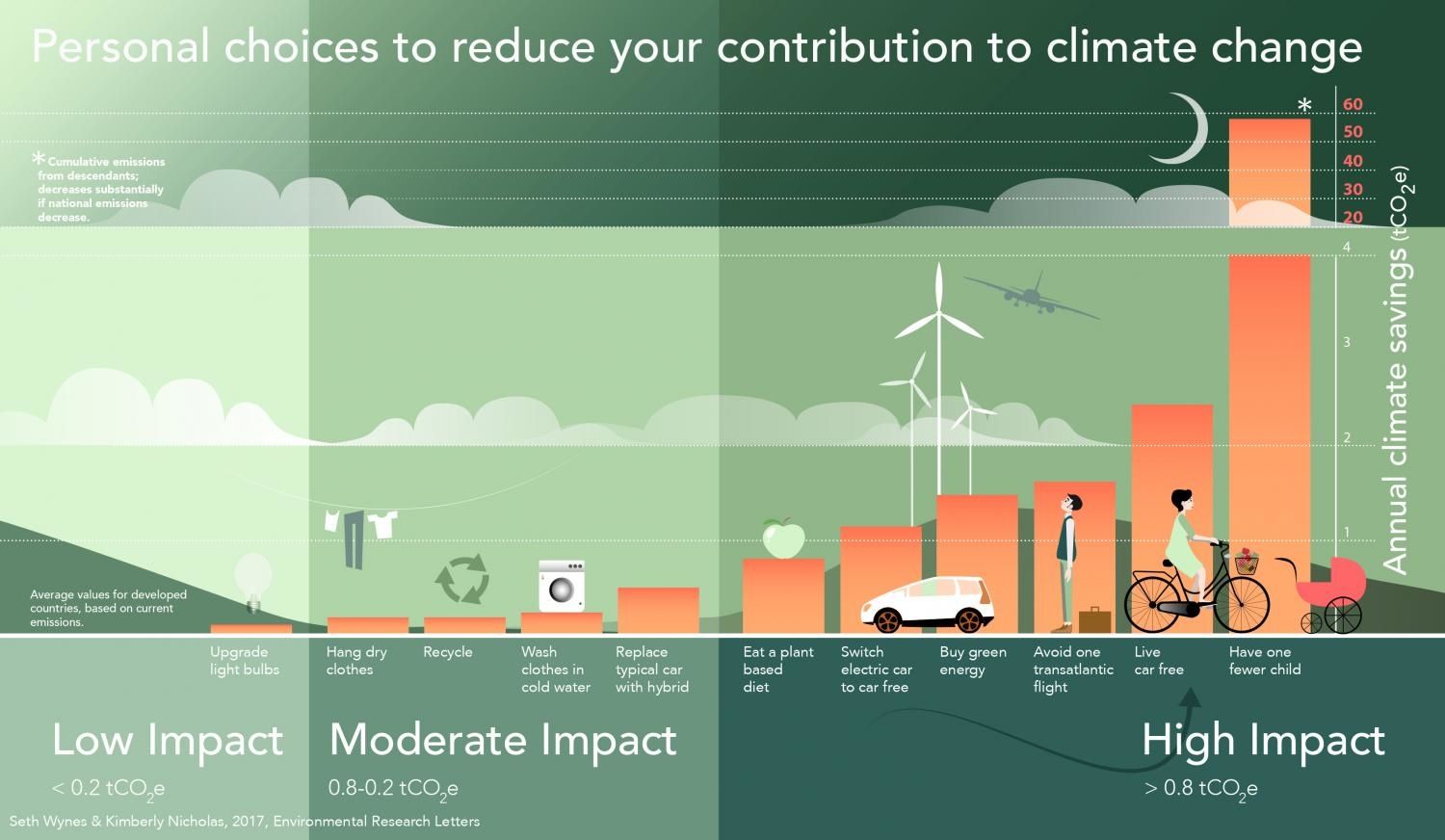

If you want to make a positive change this
Earth Day but don’t know where to start, one of best things you can do is take an honest look at your environmental footprint. For instance, how much water are you wasting? How much plastic are you throwing out? How much planet-warming carbon are you producing?
Luckily, there are many online calculators that crunch through your consumption habits. While the final tally might be daunting, it’s the first step in living more sustainably.
Check out
this one from the Global Footprint Network. You answer a handful questions such as “How often do you eat animal-based products?” and “Compared to your neighbors, how much trash do you generate?” on sliding scales.
At the end of the survey, it shows your personal
Earth Overshoot Day (the exact day you’ve used more resources from nature than Earth can regenerate in one year) and how many planets we’ll need if everybody lived like you.
Here are my results. I try to live lightly as I can, but I’ll admit this picture is not pretty.

When I explored the details of the report, it shows that I have an Ecological Footprint of 3.2 global hectares (gha), which is the amount of land required to sustain my use of natural resources.
“Mobility” represented the biggest chunk of my consumption habits, likely because my city has zero public transportation options and I fly a lot.
One’s ecological impact can vary by location.
According to the Global Footprint Network, the Ecological Footprint for the average American is 8.6 gha, more than double Brazil’s average of 3.1 gha and Mexico’s average of 2.6 gha.

The results also showed that my carbon footprint is about 6.1 metric tons per year, which is much less than 16.4 metric tons of CO2 generated by the average American, but it still bears improvement.
Last year, a widely circulated study published in the journal Environmental Research Letters, determined four actions that can substantially slash an individual’s carbon footprint: eating a plant-based diet, avoiding air travel, living car-free and having smaller families.
Consumption calculators like these are not an exact science, but they do give a pretty good picture—and provide suggestions—on how you can make improvements. So for me, maybe I’ll take one less flight this year. Perhaps I’ll carpool more often. I’ll even dust off the ol’ bike!

Other consumption calculators dive deeper into specific categories. This personal greenhouse gas calculator from the U.S. Environmental Protection Agency comes in the form of an extensively detailed Excel sheet. It considers things like your fuel consumption and even your recycling habits.
GRACE’s Water Footprint Calculator helps you estimate your daily water use. It not only counts the water from your tap, it also reviews the water it takes to produce the food and products you buy.
And because this year’s Earth Day is
focused on the theme of reducing plastic waste, Greenpeace UK has a great plastic calculator to see how much of this ubiquitous, biodegradable material you consume.
I also really like this simple, user-friendly plastic calculator from Plastic Lite Singapore. For instance, the site counts how many plastic bags, drink bottles, disposable utensils and other plastic products you go through in a timeframe of your choosing.
Here are some of my results below. It’s very clear that I should do something about all those bread bags. I already save up my empty toothpaste tubes (with the intention of sending them off to
TerraCycle) but this quiz is likely going to cement my switch to more sustainable products, such as bamboo toothbrushes and refillable laundry soap.
Calculating your environmental footprint can be overwhelming, but we should all do our part to help make Earth Day 2018 count.

 233k
233k  41k
41k  Subscribe
Subscribe 
